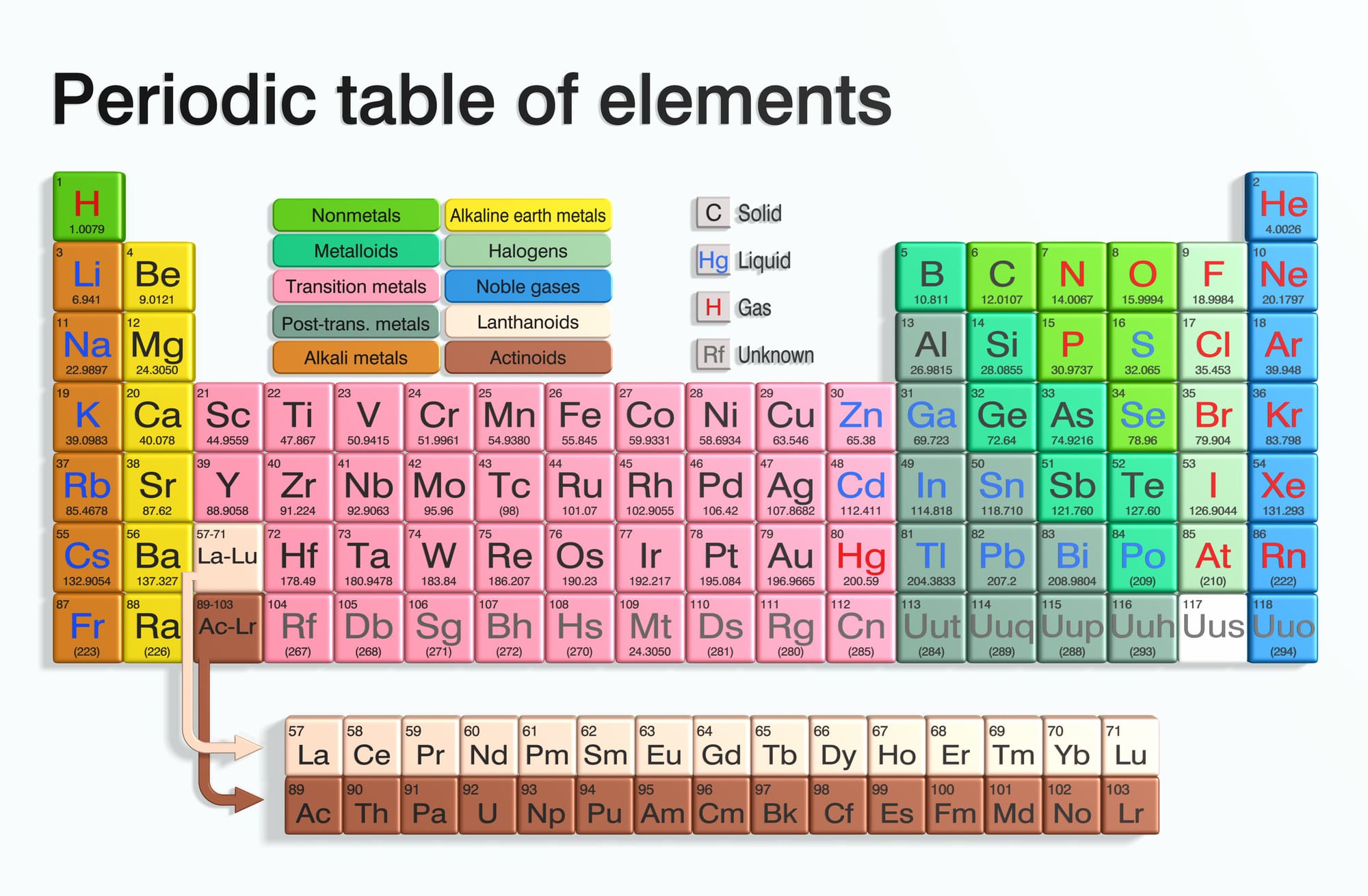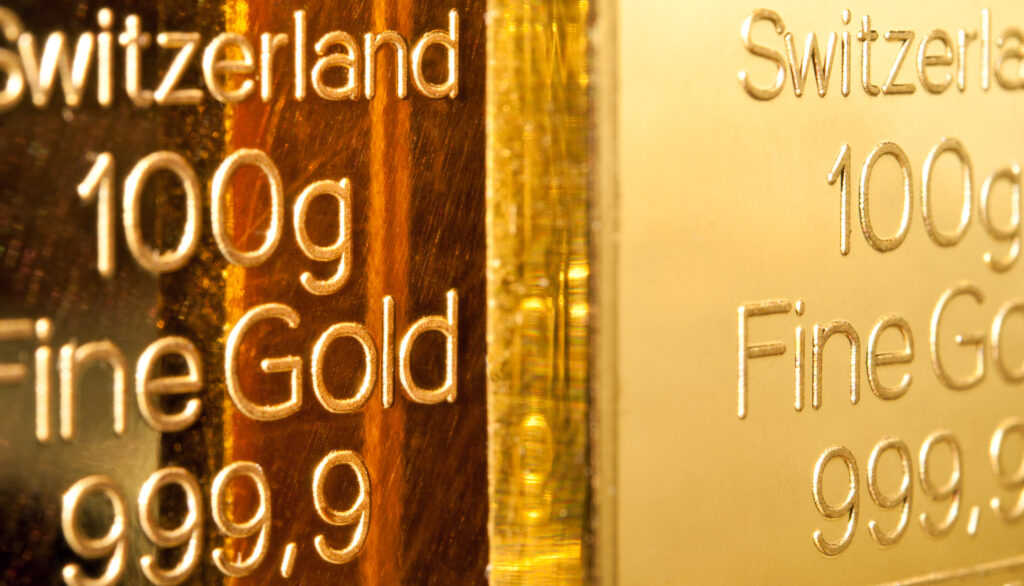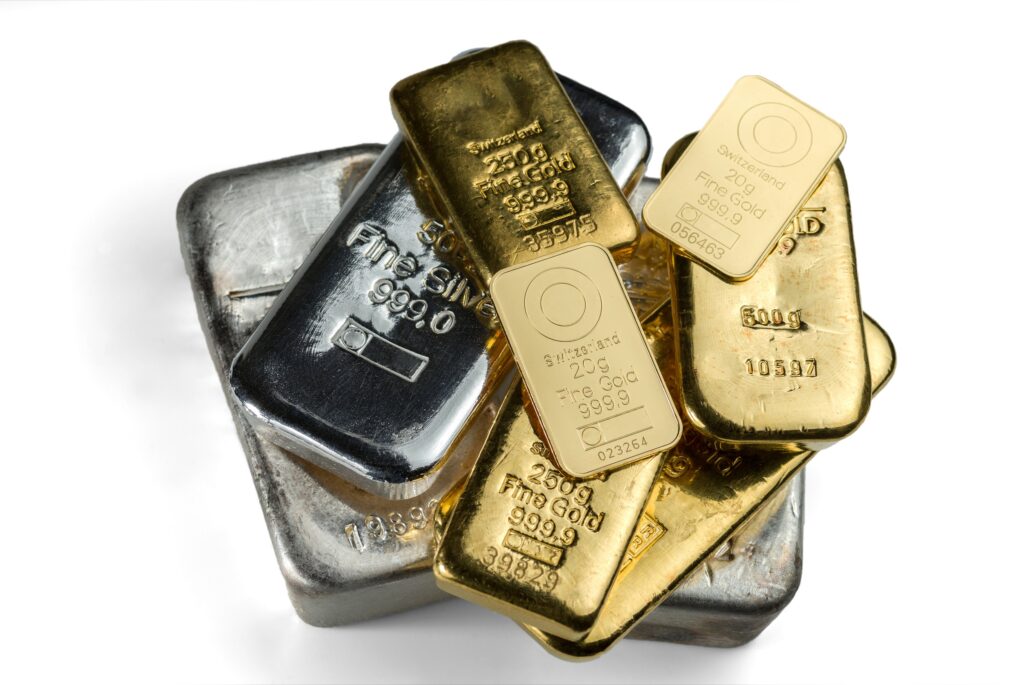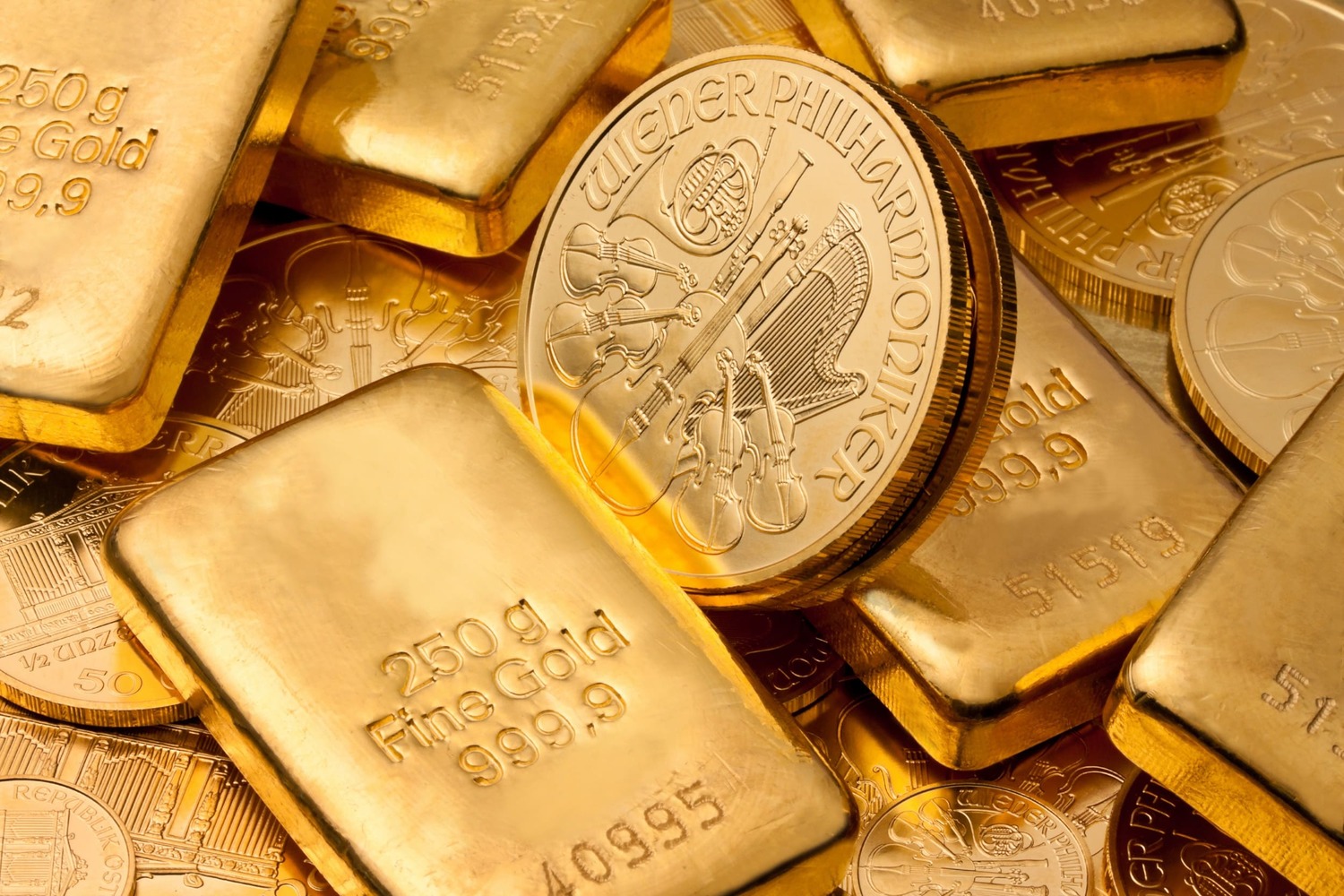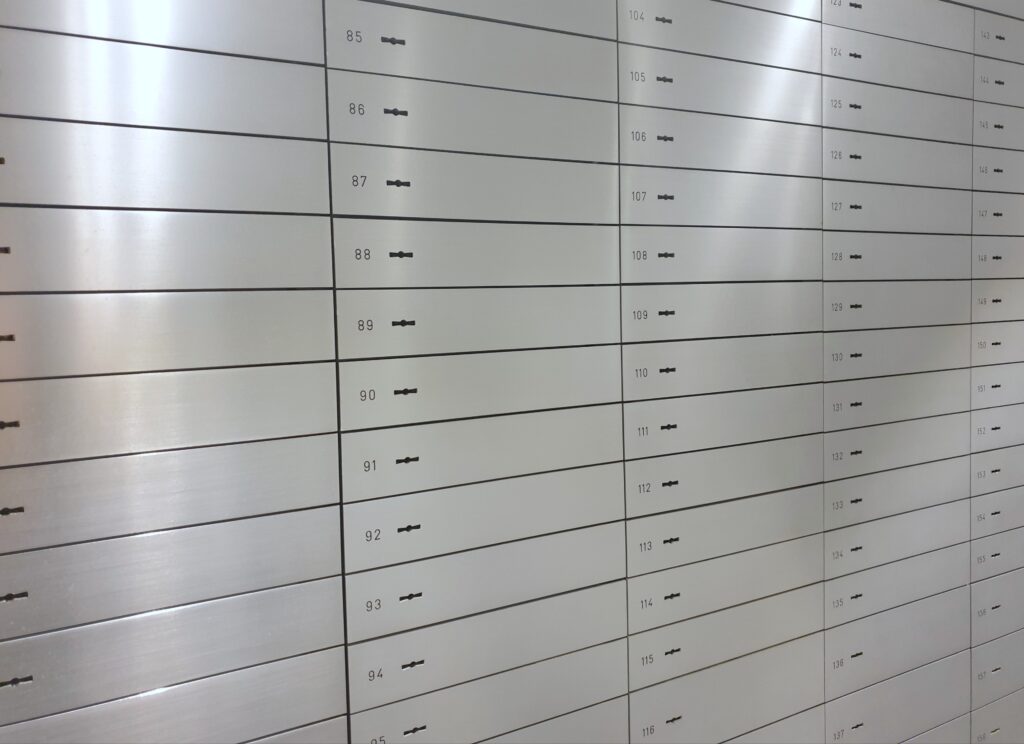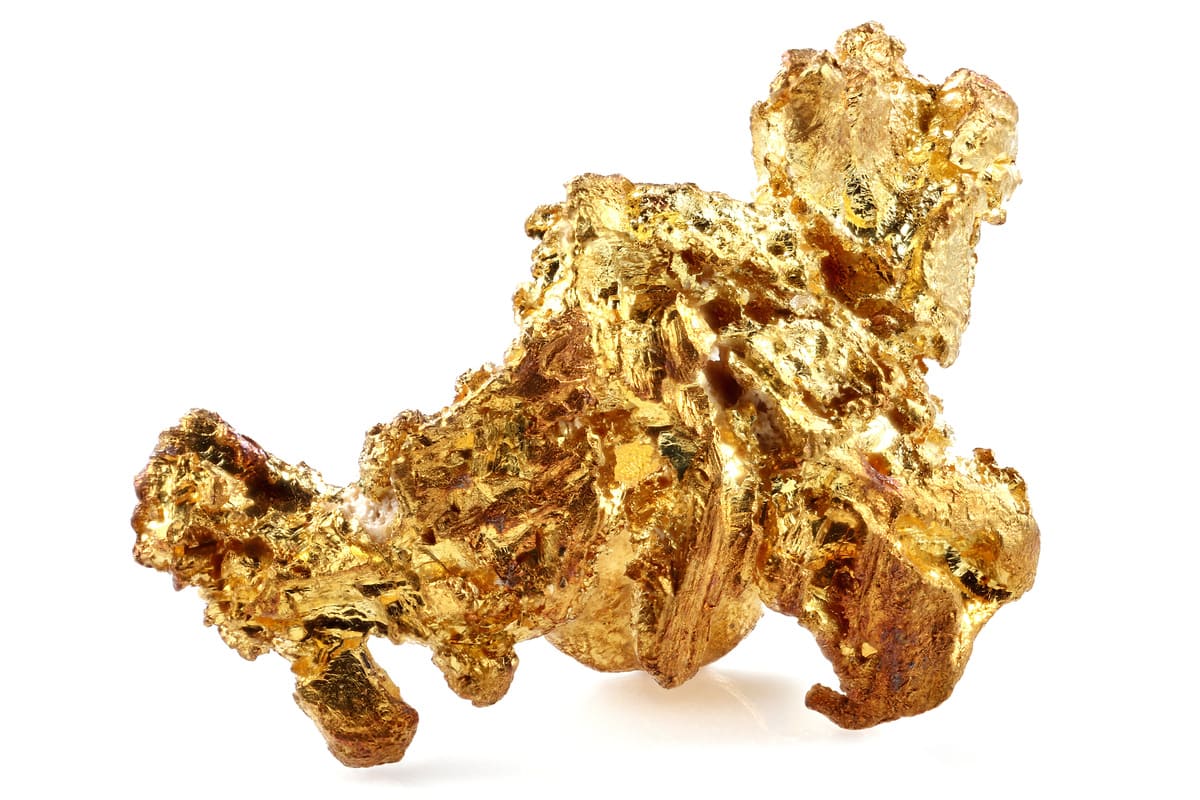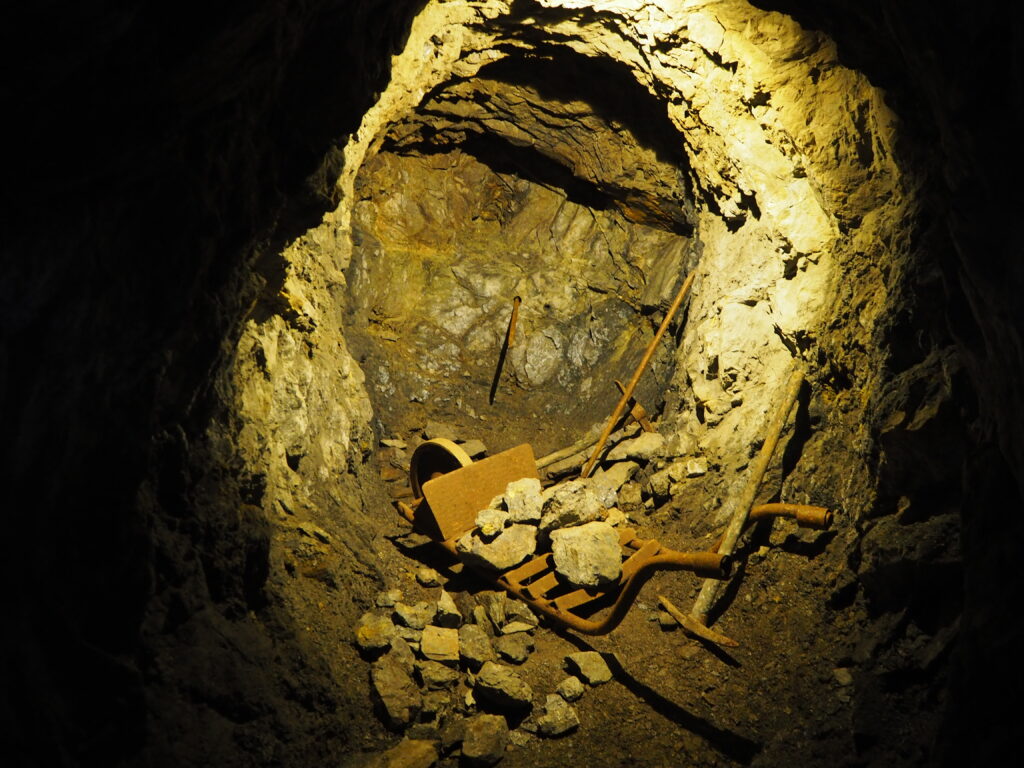Palladium coins: vital information about their history, specimen editions, purchasing and storage
Additional information > Investment forms for gold, silver, platinum and palladium > Buy & store palladium coins – a newcomer’s guide
When the media mention coins for collectors or coins as an investment, the focus is usually on gold coins. And while silver coins too attract a certain amount of attention, platinum coins are generally considered a more exotic and unusual choice. By comparison, palladium coins are an even rarer option – even though palladium is a very valuable precious metal. This article about palladium bullion coins discusses their history, highlights some popular editions, and looks at options for purchasing and storing palladium coinage.
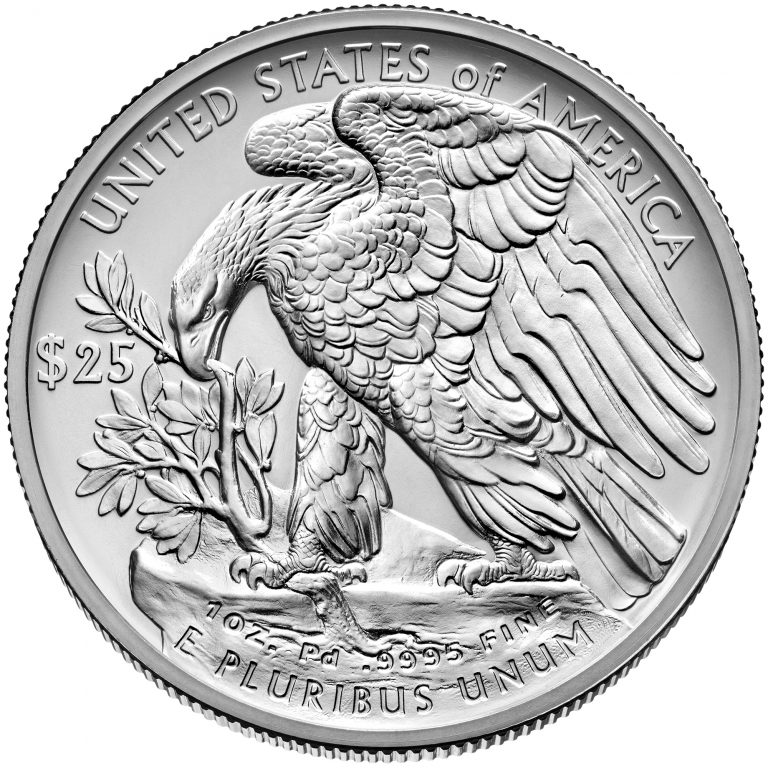
United States Mint, Public domain, via Wikimedia Commons
How long have palladium coins been around?
Anyone familiar with the background to precious metal coins will know their history dates back to the pre-Christian era. However, coins made from palladium have only been in existence for a few decades. The first palladium coins came onto the market in the mid-1960s, but none of these were produced by any of the principal (minting) nations or well-known mints. In 1966, for example, the West African state of Sierra Leone issued a commemorative gold coin accompanied by some palladium coins. However, strictly speaking, these examples should really be classed as medals. Thus it is the island state of Tonga who can actually claim to have minted the first real palladium coin in 1967. Identifying information about these Tongan coins, which are alloyed with ruthenium, is inscribed around the edge of each individual specimen. These particular coins are also known as the Palladium Hau because they display a portrait of the Tongan King Taufa’ahau Tupou IV. It was to be another two decades or so before countries like France, Portugal and Russia also began to mint palladium coins.
What are the most popular palladium coins?
Despite the fact that palladium coins are not as plentiful as coins made from gold, silver or platinum, there are nevertheless some classic examples available on the market. The coin issues listed below have aroused significant interest and proved particularly popular with buyers and collectors:
- Palladium Canadian Maple Leaf
- Palladium American Eagle
- Palladium Russian Ballerina
- Palladium Chinese Panda
- Palladium Australian Emu
These palladium coins all have a high fineness rating of 999/1000, or in some cases even 999.5/1000.
Palladium Canadian Maple Leaf
The most popular palladium investment coin on the international market is the Maple Leaf, which was first minted in 2005. The Royal Canadian Mint produces this bullion coin with the same motif in palladium as well as in gold, silver and platinum. While the front face shows Canada’s iconic maple leaf, the obverse displays a likeness of the current head of the Commonwealth. Thus, the coin carried a portrait of Queen Elizabeth II for many years. The face value of a Palladium Maple Leaf is 50 Canadian dollars and it weighs one troy ounce.
Palladium American Eagle
The American Eagle bullion coin, issued by the United States Mint, is also available in all four classic investment metals, but a palladium version was only introduced in 2017. This coin is only available in a one-ounce version and has a face value of 25 US dollars. After the bullion version issued in the first year, different minting qualities then appeared in subsequent years. The goddess of freedom (Liberty) is featured on the motif side of this palladium coin wearing a winged helmet. The denomination side of this investment coin is decorated with an eagle, which thus gives this coin its popular name.
Palladium Russian Ballerina
This palladium coin was primarily produced by the Moscow Mint from 1989 to the mid-1990s on behalf of the Soviet Union and the Russian Federation. Its name references the dancing ballerina who adorns the front of the coin in a variety of balletic images. The design aims to honour ballet in general and commemorate the world-famous Bolshoi Ballet in particular. On the back of the coin you can see the national coat of arms of the Soviet Union with its familiar hammer and sickle, and later a double-headed eagle. The Ballerina coin is available in denominations of five, ten or 25 roubles and in weights of 1/4, 1/2 and one ounce. Its circulation figures were comparatively high for palladium coins of that period.
Palladium Chinese Panda
The Chinese Mint has been producing this coin since 1989. The obverse shows the Temple of Heaven in Beijing, one of the familiar symbols used to depict the Chinese capital. The design of the panda motifs appearing on the back changes every year. A special feature of this palladium coin is that it is available in numerous different sizes – 1/20, 1/10, 1/4, 1/2 and one ounce. The two largest coins, in denominations of 50 and 100 yuan respectively, are the most common versions.
Palladium Australian Emu
Australia’s Perth Mint issued this palladium coin from 1995 to 1998. While the former Queen Elizabeth II can be seen on the obverse side, various emu designs are featured on the reverse. In addition to bullion grades, proof-grade coins are also available. All coins weigh one ounce and display a face value of 40 Australian dollars.
Why buy palladium coins?
Many experts believe palladium has the potential to increase in value. One reason for this is palladium’s relative scarcity: Palladium is around fifteen times rarer than platinum, and around thirty times rarer than gold. In addition, palladium is also considered a sought-after industrial metal. It is now in regular use in the production of catalytic converters for gasoline engines and is also found in fuel cells and many electrical goods. According to financial experts, palladium coins can be a particularly useful option to acquire in order to add balance, stability and diversity to asset portfolios. This is because palladium price trends do not necessarily mirror those of the classic asset classes. However, it should be noted that palladium can also be a volatile investment subject to strong price fluctuations. Palladium bars offer another possible form of value storage. The palladium coins mentioned here all have a face value and originate from state mints. In theory at least, these coins could also be used as legal tender in their respective countries. However, the value of their platinum content would usually significantly exceed their minted face value. A range of palladium coins are available in different sizes, offering prospective buyers a high degree of flexibility.
Do palladium coins have any downsides?
Palladium has been subject to some value fluctuations in the past, which can represent an advantage or a disadvantage to the buyer, according to the timing of any transaction. Unlike the purchase of investment gold in a coin format, the purchase of palladium coins is not exempt from VAT. When purchasing coins in Switzerland, VAT is charged at a rate of 8.1%, whereas in the UK, for example, the rate is actually 20%. However, there are legitimate options smart buyers can choose to avoid a VAT levy – read more about this later in the article. When purchasing palladium coins, the surcharge to be added on to the value of the material itself can often be quite substantial, though this can sometimes be recovered when selling. Palladium bullion coins have a lower liquidity, especially when compared to gold and silver investment coins. However, this feature can be offset to a certain extent by choosing from the more popular palladium investment coins.
Where can interested investors buy palladium coins?
Generally speaking, you should only buy precious metal coins from trustworthy dealers. Otherwise, a bargain purchase can quickly become an expensive loss if the coins are damaged in any way, or turn out to be counterfeits. Swiss Gold Safe have worked with Echtgeld AG for many years. This reliable Swiss company, which has been in business since 2010, specialises in the physical trading of precious metals and offers customers a broad range of premium services.
What is the best way to store palladium coins?
Valuable bullion coins should never be kept unprotected at home. By storing them securely, you can minimise the theft risk. If you want to store your palladium coins safely, while also saving on VAT, we would recommend storing them in an open bonded warehouse or duty-free warehouse in Switzerland. As a specialist storage provider, Swiss Gold Safe can of course arrange VAT-free storage on your behalf. You can thus conveniently purchase your coins from a precious metal dealer such as Echtgeld AG, and also have them delivered direct to one of our high-security warehouses.
Summary:
- Palladium coins are rarer than similar coins made from gold, silver or platinum.
- The first palladium coins were minted in Sierra Leone and Tonga in the 1960s.
- The most popular palladium coins include: Palladium Canadian Maple Leaf, Palladium American Eagle, Palladium Russian Ballerina, Palladium Chinese Panda and the Palladium Australian Emu.
- The main arguments in favour of palladium coins are the rarity of the material, and the potential for value growth and asset diversification.
- Having said that, as an industrial metal, palladium can be subject to strong fluctuations in value, while the purchase of palladium coins is also subject to VAT.
- Nevertheless, Swiss Gold Safe can arrange secure VAT-free storage in duty-free or open bonded warehouses in Switzerland.


